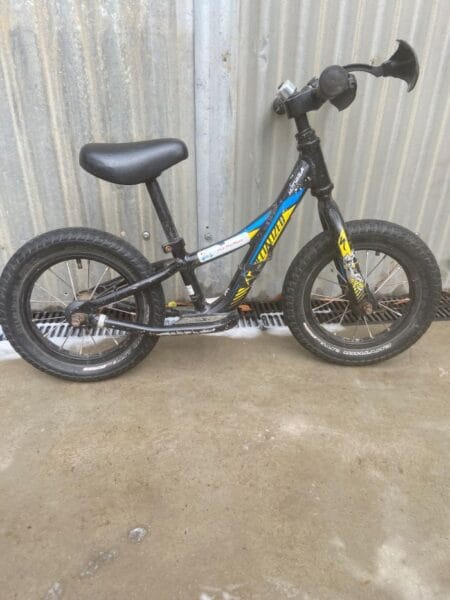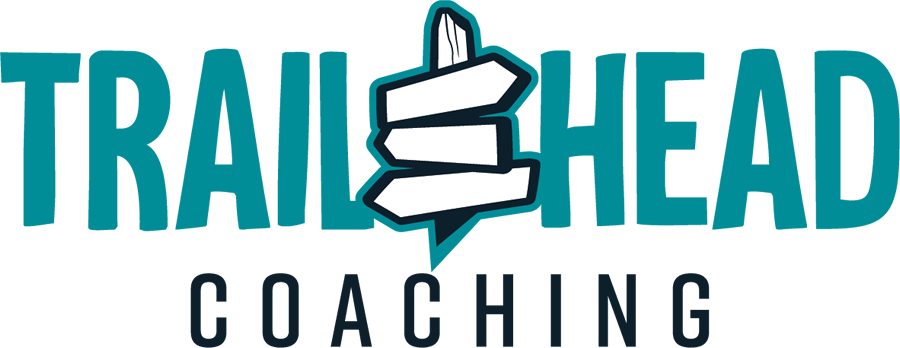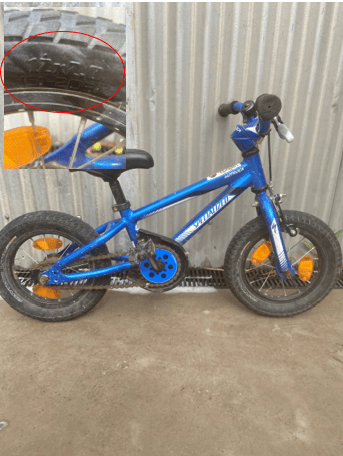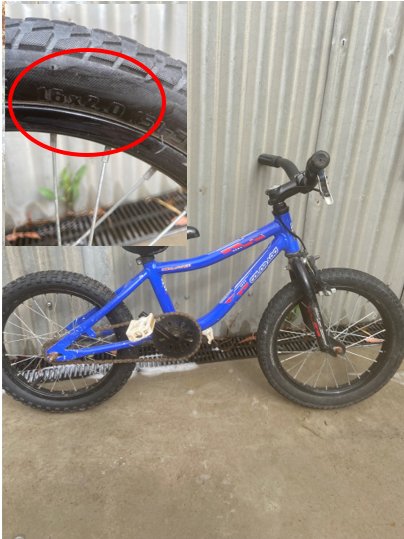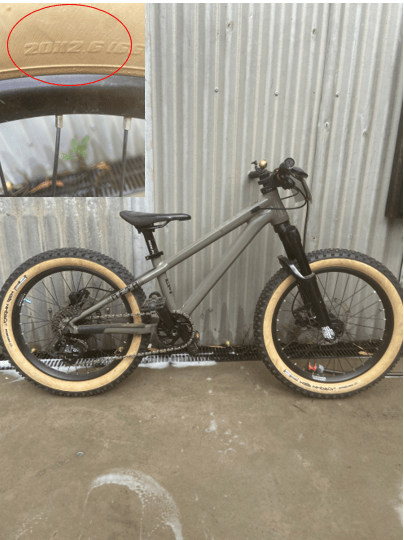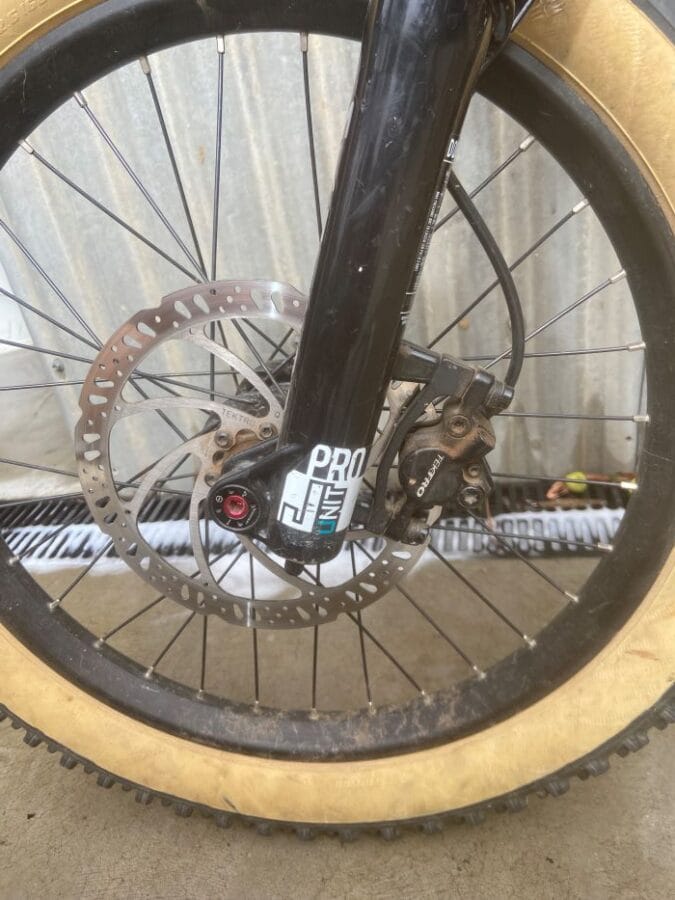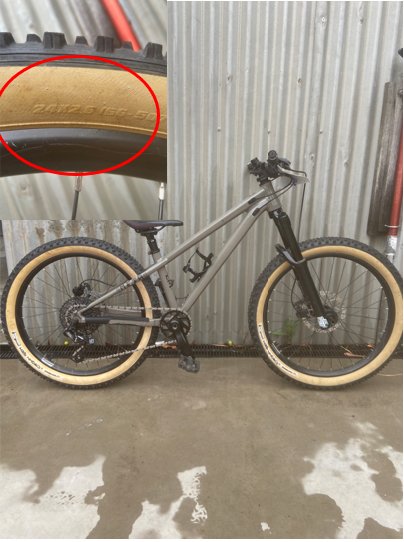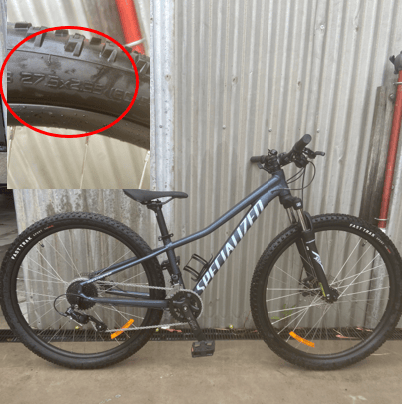12″ Balance Bike
We are huge advocates of all kids start their riding journey on a balance bike!
Balance bikes have revolutionised learning to ride bas they develop the most fundamental skill of stability and balance. Young riders can remain on a balance bike until they are ready to transition to the next wheel size 14, or 16 inch pedal bike. Kids who develop the ability to ‘glide’ on a balance bike will make a really smooth and quick transition to pedalling and using brakes.
